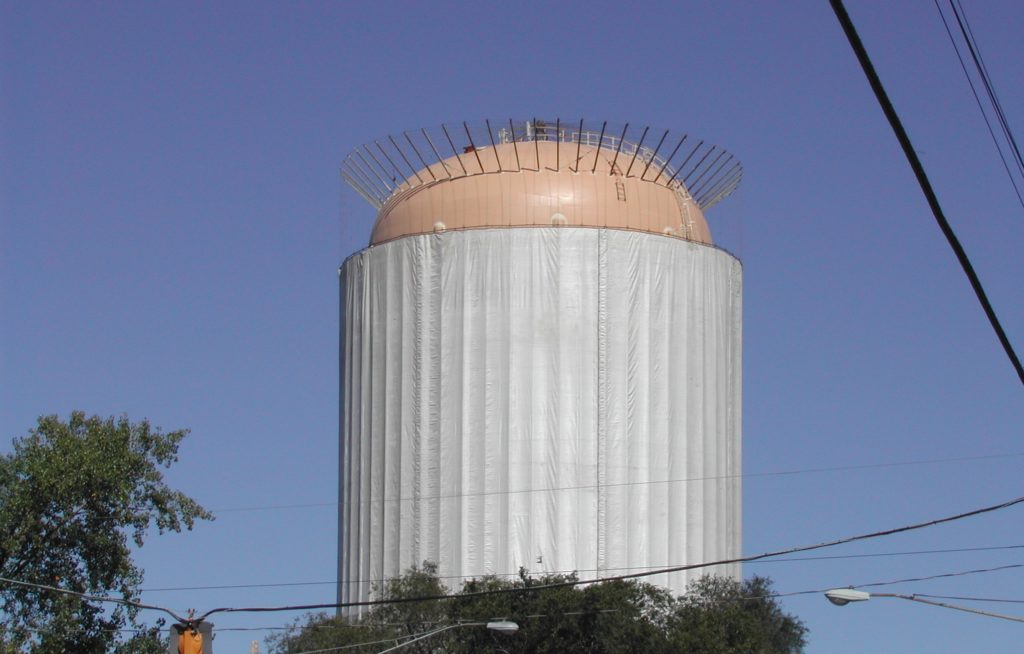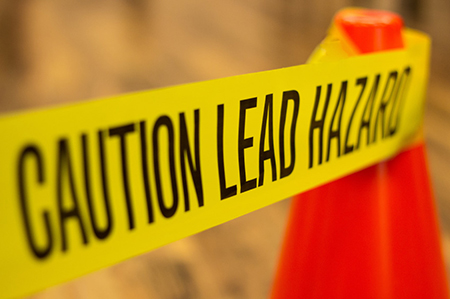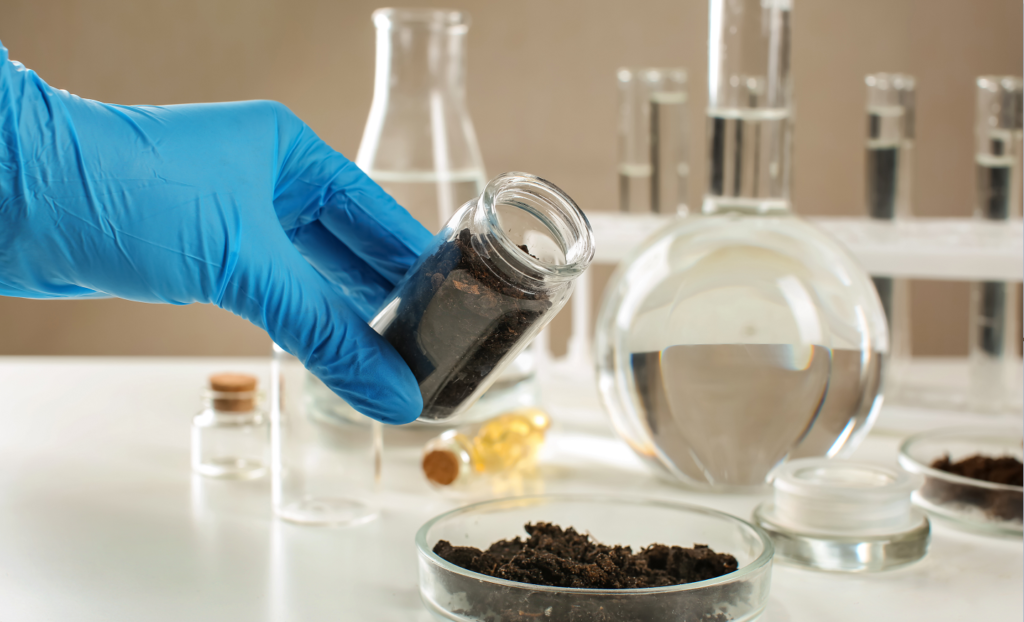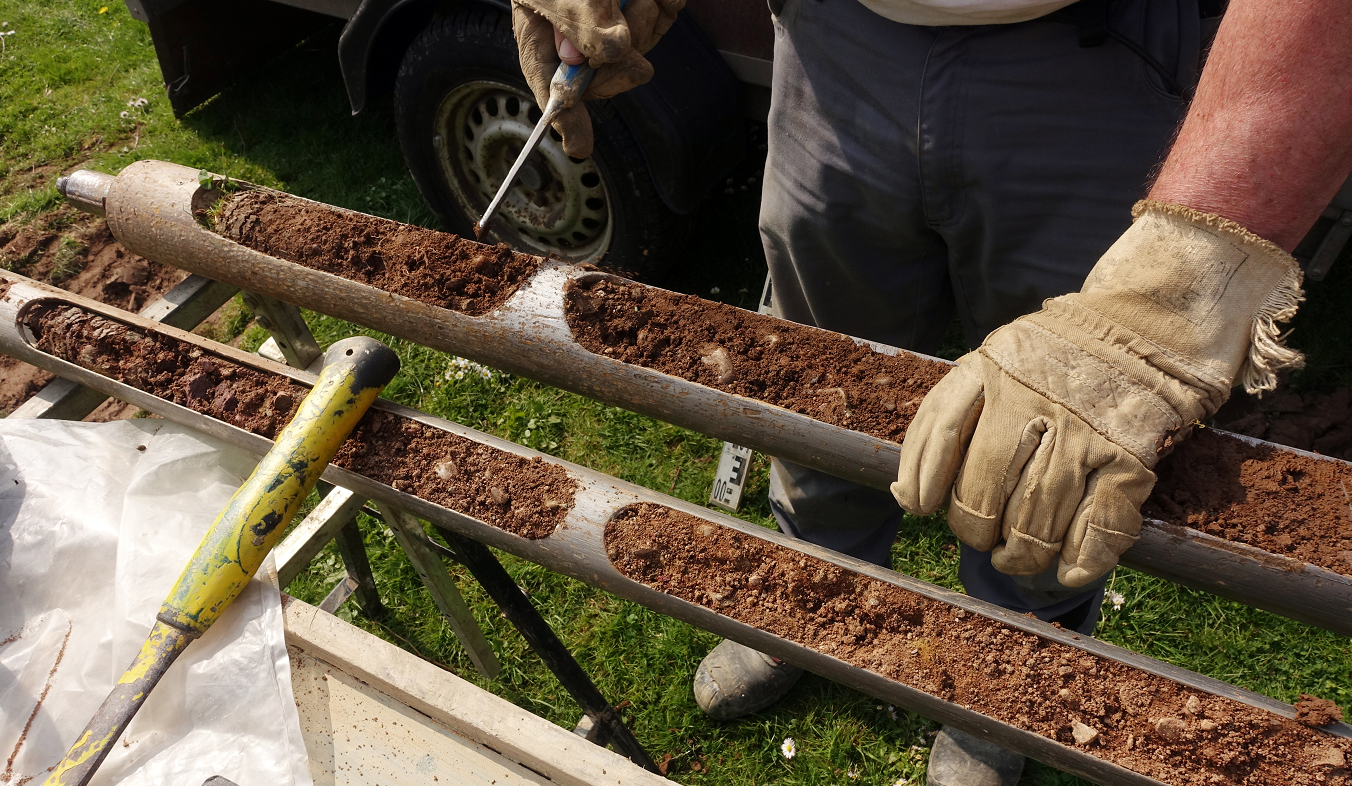What are Lead Paint Disposal Methods?
The EPA has published a list of what it deems the Best Demonstrated Available Technologies (BDAT) for the stabilization of D008 and P+U Lead Wastes. Lead paint disposal and debris are included in this classification. BDAT stabilization technologies include “lime/fly ash mixtures, cement, concrete mixtures, or other proprietary or non-proprietary formulations”. Blastox® uses these chemistries.
It is also important to note that Blastox® is a complex calcium silicate. The EPA recommends that silicates be used for lead paint disposal prior to landfilling as part of their BDAT (Best Demonstrated Available Technology) process. Blastox® has been used for lead paint abatement for decades without a single failure in a landfill.
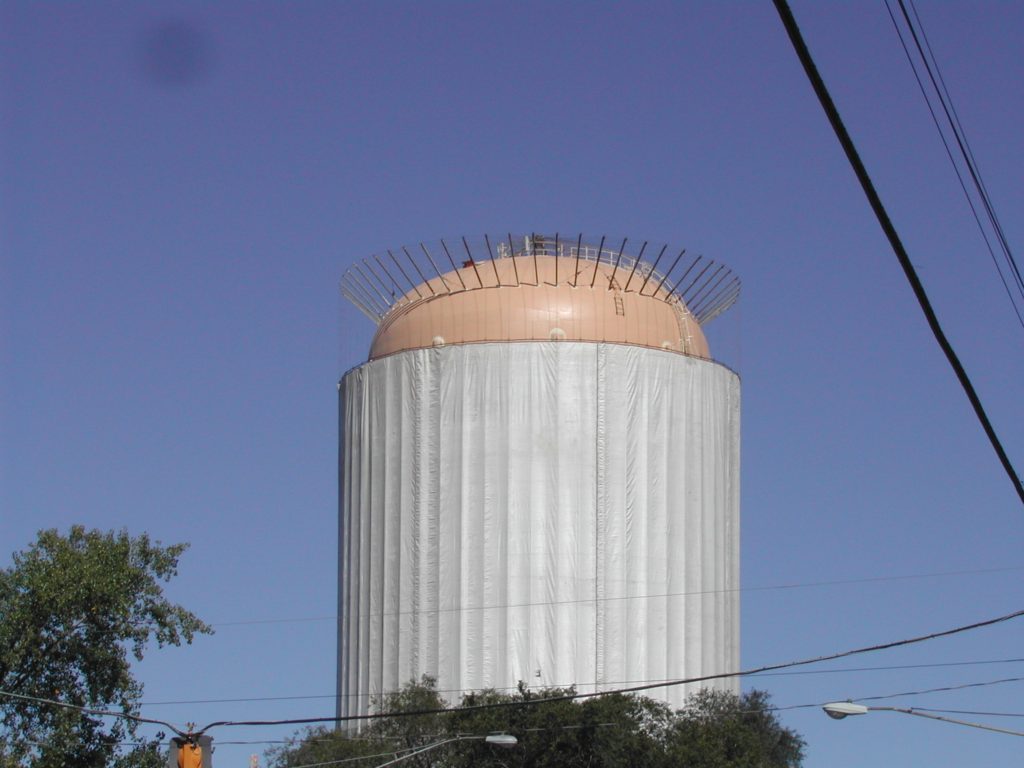
Lead will not plate to iron oxide (rust). Once iron is exposed to environmental conditions that initiate the formation of iron oxide, the lead plating reactions reverse themselves and the lead becomes available for leaching. Lead solubility can also be minimized by controlling the pH of the leaching solution. Once the buffering effect is overcome, however, lead may become available for leaching.
Blastox® utilizes an initial pH adjustment followed by additional stabilization reactions that produce a long term stable waste. The three stabilization reactions are summarized here:
- The addition of Blastox® creates an alkaline matrix in which lead is stable. This elevated pH instantaneously stabilizes the lead saving on lead paint disposal costs.
- Silicate reactions change the chemical form of the lead from a lead oxide, carbonate, or
hydroxide to a lead silicate which is insoluble. - Hydration reactions encapsulate the waste into a cementitious mass which limits the
gravitational flow of water.
The above reactions occur simultaneously and all are equally important in the stabilization of lead waste. The silicate and hydration reactions promote the long term stability of the waste. The end result of the three reactions is an encapsulated, insoluble lead silicate. The change in alkalinity (pH) is a by-product of the silicate and hydration reactions and is not the primary stabilizing reaction. The resulting lead silicate will not leach into acidic, neutral, or basic solutions. The reactions are not reversible and help with lead paint disposal. If Blastox® is present, the lead will be converted to a lead silicate and become insoluble.
Lead paint abatement is the process of abrasive blasting lead paint and encapsulating the lead particles rendering them non-hazardous. Blastox® has been used to successfully stabilize over 150,000,000 square feet of lead based paint. This success is owed to the One Step application of Blastox®. Since its available pre-blended with various media throughout North America, it is ready for application once the blended media reach your job-site for lead paint removal.
There is no mixing, metering or additional application steps needed at the job site when using this technology. Also, you will not incur additional labor costs that other lead paint disposal techniques require. The lead paint disposal abrasive waste can be tested via TCLP to classify the waste as non-hazardous once blasted.
